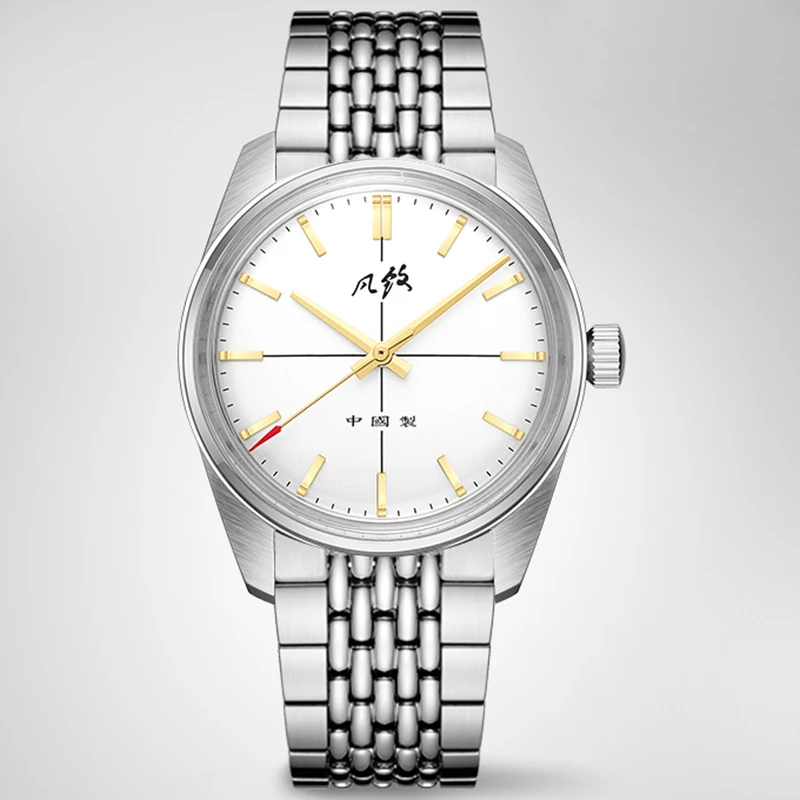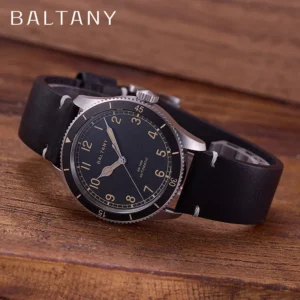1. What is a Chronograph Watch? A Complete Definition
A chronograph watch is a specialized timepiece that combines standard timekeeping with an independent stopwatch function. This dual functionality allows you to measure elapsed time intervals while simultaneously displaying the current time. The term “chronograph” derives from Greek words: “chronos” meaning time and “graph” meaning to write or record, essentially describing a watch that records time.
What makes a chronograph distinct is its ability to:
- Start, stop, and reset timing functions independently of regular timekeeping
- Track elapsed time precisely down to fractions of seconds
- Maintain regular timekeeping functionality during chronograph operation
- Display measured time intervals through dedicated hands and sub-dials
The chronograph emerged as a practical tool for precise timing needs, initially for military and scientific applications, eventually finding its way into sports, aviation, medicine, and everyday use. Its evolution reflects changing human needs for accurate time measurement in various fields.
Today, the chronograph holds a unique position in horology, bridging the gap between functional tool and artistic expression. Many watch enthusiasts appreciate chronographs not only for their practical timing capabilities but also for their complex mechanics and distinctive aesthetic. This combination of form and function has secured the chronograph’s place as one of the most beloved history dive watch engineering developments in the watchmaking tradition.
2. Key Visual Components That Define a Chronograph
The chronograph’s distinctive appearance sets it apart from standard timepieces. Several key visual components serve as immediate identifiers of this specialized watch type:
Central Chronograph Seconds Hand:
– Typically longer and more prominent than the regular seconds hand
– Often colored differently (red, orange, or yellow) for better visibility
– Remains stationary at 12 o’clock until activated
– Moves precisely to measure elapsed seconds when the chronograph function is engaged
Sub-Dials/Registers:
– Small circular dials embedded within the main watch face
– Typically two or three sub-dials arranged symmetrically
– Each serves a specific purpose:
– Minutes counter (usually tracks up to 30 minutes)
– Hours counter (typically records up to 12 hours)
– Running seconds display (for regular timekeeping)
Pushers/Buttons:
– Two distinct buttons typically positioned at 2 and 4 o’clock
– Upper pusher (2 o’clock) controls start/stop functions
– Lower pusher (4 o’clock) resets the chronograph to zero
– Stand out visually from the crown, creating the iconic “ears” on the case side
Tachymeter Scale:
– Printed scale usually found on the bezel or outer edge of the dial
– Used to calculate speed based on time traveled over a fixed distance
– Features decreasing numerical values (typically from 400 to 60)
The arrangement of these elements creates distinct layouts, with “bi-compax” featuring two sub-dials and “tri-compax” displaying three. The visual complexity of these elements contributes to the chronograph’s appeal among enthusiasts who appreciate both the functional and aesthetic aspects of chronograph movements complete guide. Many watch collectors are drawn to the technical appearance and intricate dial designs that distinguish chronographs from simpler timepieces.
For those interested in seeing these elements in action, our collection of chronograph pilot watches showcases excellent examples of these distinctive visual components.
3. Functional Characteristics: How a Chronograph Operates
The true marvel of a chronograph lies in its dual-movement concept, which allows it to perform two distinct timing functions simultaneously. The main movement handles standard timekeeping, while an additional mechanism manages the stopwatch functionality. This integration creates a sophisticated system that operates seamlessly together.
When you press the top pusher (typically located at 2 o’clock), several actions occur in sequence:
- A vertical clutch or horizontal wheel engages, connecting the chronograph mechanism to the main timekeeping gear train
- The center chronograph seconds hand begins moving, making precise jumps corresponding to the watch’s frequency (typically 6-8 beats per second)
- The minute and hour recording mechanisms prepare to track longer time intervals
Pressing the same pusher again stops the chronograph hands in their current positions, freezing the measured time while the main timekeeping continues uninterrupted. This stop function works by disengaging the chronograph mechanism from the power source.
The reset function, activated by pressing the lower pusher (typically at 4 o’clock), uses a series of hammers and heart-shaped cams to return all chronograph hands precisely to zero. The satisfying “click” you feel when operating these pushers provides tactile feedback of the mechanical processes occurring inside.
The inner workings of chronographs typically fall into two categories: column wheel or cam-actuated systems:
- Column wheel: A precision component resembling a castle turret that rotates to control chronograph functions; known for smooth operation and precision
- Cam-actuated: Uses shaped plates and levers to control functions; more economical to produce but still highly effective
These intricate mechanisms represent some of the most complex achievements in mechanical watchmaking. The intricate art science chronograph watchmaking involves hundreds of precisely engineered components working in perfect harmony. For those interested in experiencing this engineering marvel firsthand, our selection of automatic chronograph watches demonstrates this functionality beautifully.
4. Different Types of Chronograph Mechanisms and Their Characteristics
Chronographs come in several distinct varieties, each with unique characteristics and operational features:
Standard/Two-pusher Chronograph:
– The most common and recognizable design
– Features separate pushers for start/stop (typically at 2 o’clock) and reset (at 4 o’clock)
– Allows for pausing and resuming timing without resetting
– Offers intuitive operation and versatility for most timing needs
Monopusher Chronograph:
– Features a single button, usually integrated into the crown or at 2 o’clock
– Operations cycle through start, stop, and reset in sequence with each press
– Simpler mechanism with vintage appeal and cleaner case design
– Limited in functionality as timing can’t be paused without resetting
Flyback Chronograph:
– Allows for instant reset and restart with a single press while running
– Particularly useful for timing consecutive events without delay
– More complex mechanism with specialized reset-to-zero components
– Originally developed for pilots needing to time sequential flight operations
Split-seconds/Rattrapante Chronograph:
– Features two superimposed chronograph seconds hands
– Can time two events simultaneously with the split function
– Includes additional pusher (often at 10 o’clock) to control the split hand
– Represents one of the most sophisticated chronograph complications
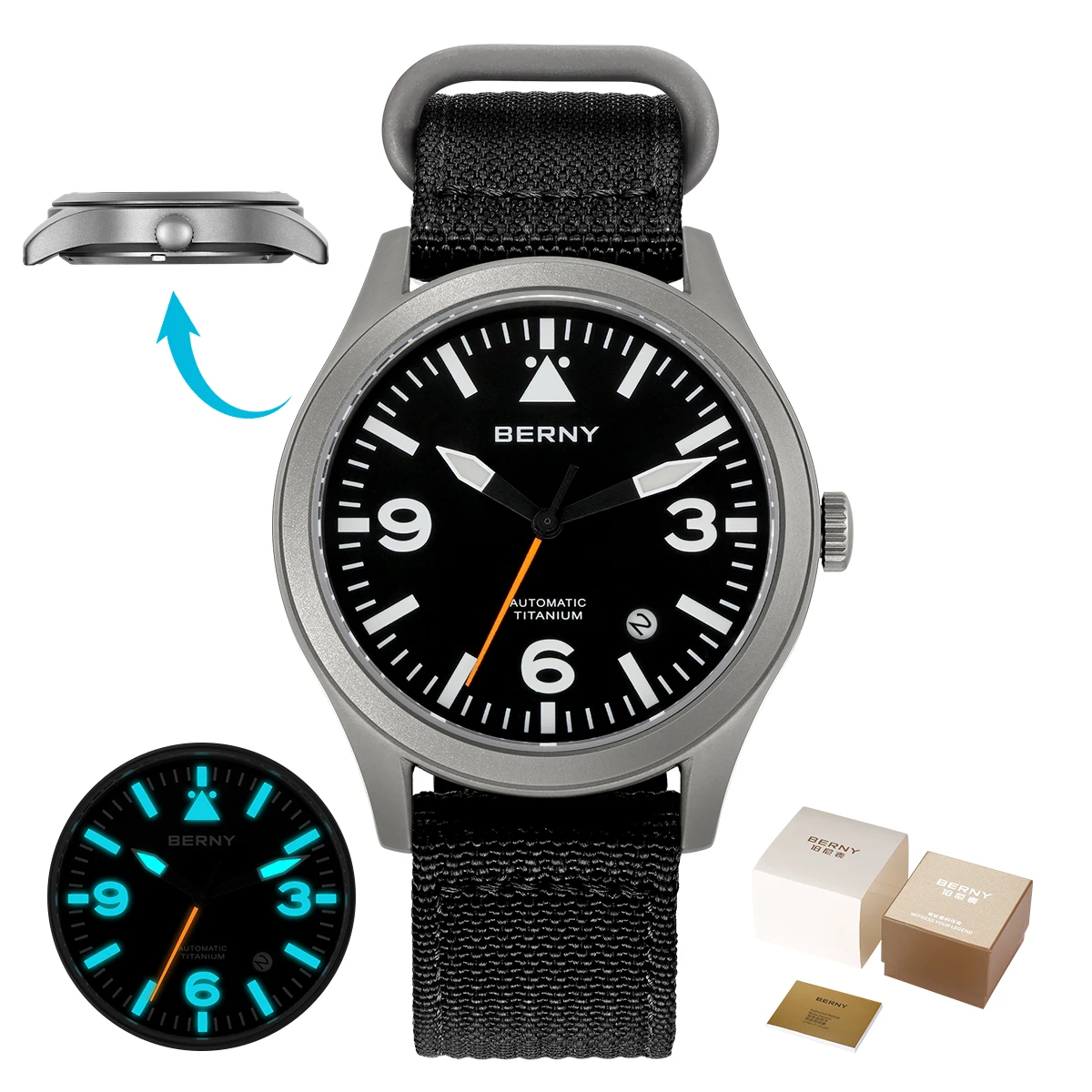
Each type offers specific advantages for different timing scenarios. The standard chronograph provides excellent versatility for everyday use. The monopusher delivers elegant simplicity with some operational trade-offs. Flyback functionality enables rapid consecutive timing, particularly valuable in racing or aviation contexts. The rattrapante offers the ultimate in simultaneous timing capability, though with added complexity and typically higher cost.
These variations demonstrate how chronograph development has been driven by specific timing requirements across different fields, from sports to aviation to military applications.
5. Distinctive Scales and Special Features of Chronographs
Beyond basic timing functions, chronographs often incorporate specialized scales that transform them into sophisticated calculation tools. These scales enhance functionality by enabling quick measurements and calculations without additional instruments:
Tachymeter Scale:
– Typically located on the bezel or outer edge of the dial
– Measures speed based on time taken to travel a fixed distance (usually 1 kilometer/mile)
– Usage: Start the chronograph at the beginning point, stop at the end point, and read the corresponding speed value on the scale
– Example: If it takes 30 seconds to cover 1 kilometer, the tachymeter indicates 120 km/h
Telemeter Scale:
– Calibrated to measure distance based on the speed of sound
– Primarily used to determine distance from events both seen and heard (like lightning and thunder)
– Usage: Start the chronograph when seeing the event, stop when hearing the sound
– Readings typically in kilometers or miles
Pulsometer Scale:
– Designed specifically for medical professionals
– Calibrated to measure heart rate based on a number of heartbeats (typically 15 or 30)
– Usage: Start the chronograph, count the specified number of pulses, stop, and read the heart rate
– Eliminates mental calculations when taking a patient’s pulse
Decimal Scale:
– Divides minutes into 100 units rather than 60 for easier mathematical calculations
– Particularly useful for scientific or industrial timing applications
– Makes fractional minute calculations more intuitive (working in tenths rather than sixths)
These specialized scales transform the chronograph from a simple timing device into a multifunctional tool. While modern digital instruments may perform similar functions, the mechanical elegance and self-contained nature of these analog calculations continue to appeal to enthusiasts and professionals alike.
For pilots especially, these features provide backup calculation methods independent of electronic systems. The mastering essential pilot chronograph features demonstrates how these scales integrate into professional aviation timepieces, creating watches that combine functionality with traditional craftsmanship.
6. Chronograph vs. Chronometer: Understanding the Crucial Distinction
One of the most common points of confusion in horology involves the terms “chronograph” and “chronometer.” Despite their similar-sounding names, they refer to entirely different aspects of watchmaking:
Chronograph:
– Refers to a specific watch function or complication
– Describes a watch with an integrated stopwatch feature
– Identified by physical components like pushers, sub-dials, and central seconds hand
– A feature related to functionality and capability
Chronometer:
– Refers to a certification of accuracy and precision
– Designates a watch that has passed rigorous accuracy testing
– Identified by certification after extensive testing in various positions and temperatures
– A designation related to performance and quality
The key distinction is that a chronograph describes what a watch does (times events), while a chronometer certification describes how well a watch performs (keeps accurate time). These are not mutually exclusive characteristics – a watch can be:
- A chronograph but not a chronometer (has stopwatch function but isn’t certified for accuracy)
- A chronometer but not a chronograph (highly accurate but lacks stopwatch function)
- Both a chronograph and a chronometer (has stopwatch function and is certified for accuracy)
- Neither a chronograph nor a chronometer (a regular watch with neither feature)
The confusion often arises because both terms relate to precise timekeeping, but in fundamentally different ways. The evolution dive watch technology has incorporated both characteristics in many models, though each serves different purposes in the overall functionality of the timepiece.
Premium timepieces often combine both attributes, offering the practical timing functions of a chronograph with the certified precision of a chronometer, delivering both utility and exceptional accuracy.
7. Practical Applications: What Makes the Chronograph Valuable
The enduring popularity of chronograph watches stems from their versatility across numerous fields and everyday applications:
Sports and Racing:
– Timing laps and race segments with precision
– Calculating average speeds using the tachymeter scale
– Tracking interval training sessions
– Timing race events from start to finish
Aviation:
– Computing fuel consumption rates
– Timing flight legs between checkpoints
– Calculating ground speed when used with navigational references
– Timing critical flight procedures
Medical Applications:
– Measuring patient pulse rates with pulsometer scales
– Timing medical procedures that require precise intervals
– Monitoring respiration rates
– Timing medication effects
Diving:
– Tracking immersion times as backup to dive computers
– Monitoring decompression stops
– Measuring air consumption rates when combined with pressure gauge readings
– Timing safety stops during ascent
Everyday Applications:
– Timing cooking and food preparation
– Monitoring parking meter or limited parking times
– Timing presentations, meetings, or speaking engagements
– Managing workout intervals at the gym
What makes the chronograph remarkably relevant even in our digital age is its reliability, immediacy, and independence from batteries or charging. The mechanical nature of a fine chronograph means it’s always ready for use, requiring only a glance at the wrist rather than retrieving and activating a smartphone.
The tactile experience of operating the pushers creates a physical connection to the timing process that many users find more satisfying than touchscreen interactions. This combination of practicality and tangible feedback explains why the enduring legacy chronograph complications continues to thrive alongside modern digital alternatives.
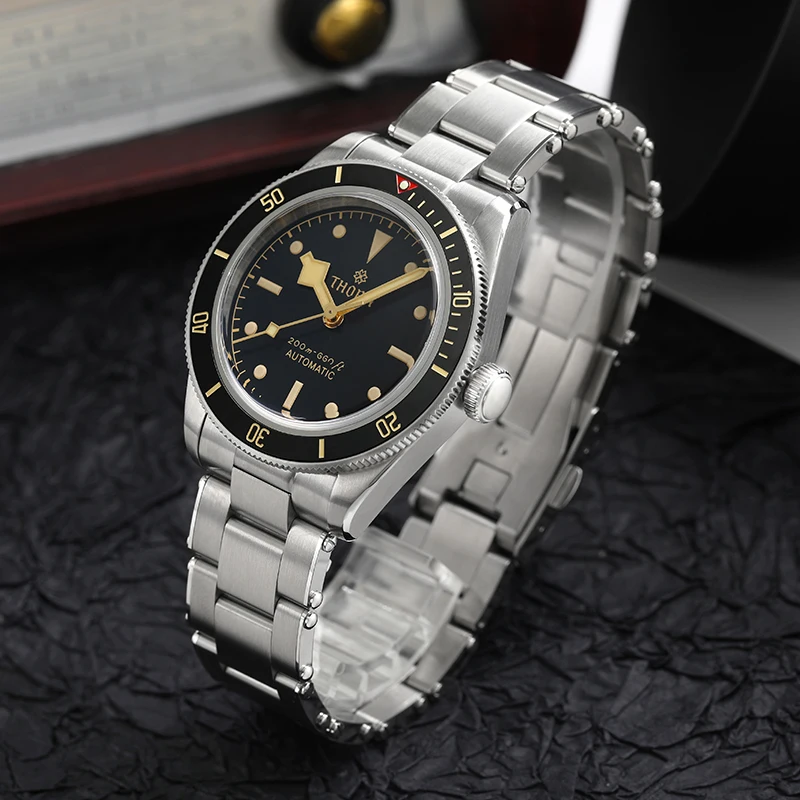
Automatic Chronograph Watches, Chronograph Pilot Watches
Price range: $233.36 through $237.58 Select options This product has multiple variants. The options may be chosen on the product pageClassic Automatic Dress Watches, GMT Automatic Watches, GMT Pilot Watches
Price range: $1,240.86 through $1,463.33 Select options This product has multiple variants. The options may be chosen on the product pageAutomatic Chronograph Watches, Classic Style Dive Watches
$3,053.06 Select options This product has multiple variants. The options may be chosen on the product pageBronze Automatic Watches, Military Inspired Automatic Watches, Professional Spec Dive Watches
Price range: $1,442.21 through $1,442.82 Select options This product has multiple variants. The options may be chosen on the product pageProfessional Spec Dive Watches, Titanium Automatic Watches
$574.74 Select options This product has multiple variants. The options may be chosen on the product pageClassic Pilot Watches, Military Inspired Automatic Watches
$561.00 Select options This product has multiple variants. The options may be chosen on the product page
8. How to Identify Quality in a Chronograph’s Characteristics
Not all chronographs are created equal, and certain indicators help distinguish exceptional pieces from ordinary ones. When evaluating chronograph quality, look for these key characteristics:
Pusher Action:
– Quality chronographs offer firm, decisive pusher resistance
– The engagement should feel solid with clear tactile feedback
– Operation should be smooth without requiring excessive force
– Pushers shouldn’t feel loose, wobbly, or inconsistent
Hand Alignment and Movement:
– The central chronograph seconds hand should align perfectly with dial markers
– Upon reset, the hand should return precisely to the zero position
– Movement should be smooth without stuttering or jumping erratically
– Sub-dial hands should align properly with their respective markers
Mechanical Execution:
– Chronograph functions should engage without hesitation
– No unexpected hand movements when activating or stopping the chronograph
– Consistent performance regardless of how full the power reserve is
– Smooth integration between chronograph and timekeeping functions
Case and Construction:
– Pushers should be properly sealed to maintain water resistance
– Case design should protect pushers from accidental activation
– Crown and pusher guards (if present) should be properly integrated
– Overall fit and finish should reflect attention to detail
These quality indicators directly reflect the care taken during manufacturing and assembly. Fine chronographs represent significant engineering challenges, requiring precise adjustment and meticulous assembly. Our collection of automatic pilot watches demonstrates these quality benchmarks across various designs.
Remember that chronographs require more regular maintenance than simpler watches due to their complex mechanisms. A quality chronograph properly maintained will continue to perform reliably for generations, making them not just functional tools but heirloom pieces.
9. What are the Most Common Questions About Chronograph Characteristics?
Can all chronograph sub-dials be used simultaneously?
Yes, all chronograph sub-dials work together as part of the same timing system. When you start the chronograph, the central seconds hand begins counting seconds, while the minute and hour counters track longer time intervals automatically. They function as a coordinated system rather than as independent timers.
Is it safe to use chronograph functions underwater?
While many chronographs are water-resistant, operating the pushers underwater is generally not recommended as it can compromise the water resistance seals. Some specialized diving chronographs feature screw-down pushers or locking mechanisms that allow underwater operation, but standard chronographs should have their pushers operated only when dry.
How does chronograph accuracy compare to standard watches?
The chronograph mechanism itself doesn’t typically affect the base timekeeping accuracy. However, because chronographs have more complex movements with additional parts, they may require more frequent servicing to maintain optimal accuracy. High-quality chronographs properly maintained should keep time just as accurately as their non-chronograph counterparts.
Why do some chronographs have two pushers while others have one?
Two-pusher chronographs offer more control, allowing you to pause and resume timing without resetting. Single-pusher (monopusher) chronographs cycle through start, stop, and reset functions with successive presses, offering simplicity but less flexibility. The choice between them comes down to user preference and specific timing needs.
Does using the chronograph function affect the watch’s power reserve?
Yes, activating the chronograph function increases the energy consumption from the mainspring, as it powers additional mechanisms. This will deplete the power reserve more quickly than regular timekeeping alone. The difference is more noticeable in watches with shorter power reserves to begin with.
How accurate are chronograph stopwatch functions?
Most mechanical chronographs measure time in fractions of seconds based on the movement’s frequency (typically 28,800 vibrations per hour, allowing timing to 1/8th of a second). Higher-frequency movements can measure even smaller increments, while some specialized chronographs can measure up to 1/100th of a second.
10. How to Use and Care for Your Chronograph: Maintaining Its Characteristics
Proper use and maintenance ensure your chronograph will remain functional and accurate for years to come:
Proper Pusher Operation:
– Use deliberate, firm pressure when operating pushers
– Avoid excessive force which can damage internal mechanisms
– Wait for the watch to be fully wound before using chronograph functions
– Listen for the engagement “click” to confirm proper function
When to Avoid Chronograph Operation:
– Don’t operate pushers underwater unless specifically designed for it
– Avoid chronograph use when the watch has low power reserve
– Don’t force pushers if they seem stiff or resistant
– Avoid setting the time backward while the chronograph is running
Regular Maintenance Practices:
– Have your chronograph serviced by qualified watchmakers
– Consider more frequent service intervals than simple watches
– Pay attention to any changes in chronograph hand movement
– Check for proper zero alignment periodically
Water Resistance Considerations:
– Remember that pushers create additional case openings
– Have water resistance checked regularly, especially on watches used near water
– Consider chronographs with screw-down pushers for enhanced water protection
Signs your chronograph may need servicing include chronograph hands not returning precisely to zero, pusher action feeling gritty or inconsistent, or sub-dials not advancing properly. Regular maintenance will ensure your chronograph continues operating as designed.
For owners of watches with enhanced water capabilities, our professional spec dive watches collection demonstrates the additional water resistance features that complement chronograph functionality in demanding environments.
11. The Evolution of Chronograph Characteristics: From Past to Present
The chronograph has undergone remarkable evolution while maintaining its core identity and purpose. Early chronograph mechanisms were relatively simple, with limited timing capacity and basic functionality. These early designs often featured monopusher configurations, where a single button controlled all chronograph operations in sequence.
A significant advancement came with the introduction of water-resistant chronograph cases, addressing the inherent challenge of maintaining water integrity with multiple case openings for pushers. This innovation expanded the chronograph’s versatility into diving and water sports, previously inaccessible to timing instruments.
The integration of automatic winding mechanisms with chronograph functions represented another major leap forward. Early chronographs required manual winding, but the development of self-winding chronographs made these complex instruments more convenient for daily wear and use.
Modern innovations have further refined the chronograph’s characteristics:
– Advanced materials like ceramic and carbon composite for bezels and cases
– Silicon components for reduced friction and magnetism resistance
– Column wheel mechanisms becoming more accessible in mid-range offerings
– Improved water resistance through better gasket systems and screw-down pushers
What’s remarkable is how the fundamental chronograph characteristics—central seconds hand, pushers, and sub-dials—have remained consistent despite technological advancement. This connection to traditional design while embracing innovation exemplifies the evolutionary approach found throughout timeline diving watch innovations.
Contemporary chronographs benefit from improved manufacturing precision, better materials, and enhanced durability, but they remain recognizable descendants of their historical predecessors. The balance between heritage and innovation is particularly evident in the manual vs automatic chronographs comparison, showcasing how winding mechanisms evolved while preserving core chronograph characteristics.
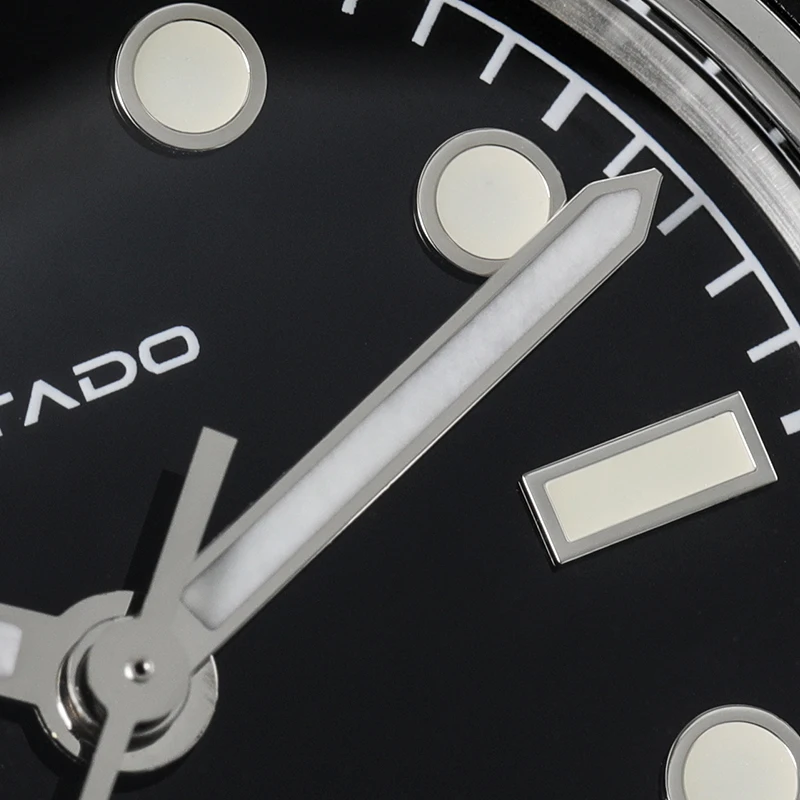
12. Does a Chronograph Always Need Sub-dials?
While sub-dials are the traditional and most common method for displaying chronograph information, they are not absolutely essential to a chronograph’s definition. What defines a chronograph is its ability to measure elapsed time intervals independently of regular timekeeping—how that information is displayed can vary.
Some alternative chronograph displays include:
Central Minute Counters:
Rather than using a sub-dial, some chronographs use a central hand to count elapsed minutes, often distinguishable by color or tip design. This creates a cleaner dial appearance while maintaining functionality.
Jump-Minute Indicators:
Some chronographs use a small window or aperture that instantly changes to display elapsed minutes, eliminating the need for a traditional sub-dial.
Digital-Analog Hybrid Displays:
Modern chronographs sometimes incorporate small digital displays for chronograph functions while maintaining analog displays for regular timekeeping, offering the best of both worlds.
These variations demonstrate that while sub-dials are traditional and effective, the fundamental characteristic of a chronograph lies in its functionality rather than a specific display format. The design variations reflect manufacturers’ efforts to improve readability or address specific user needs while maintaining the essential timing capability that defines a true chronograph.

